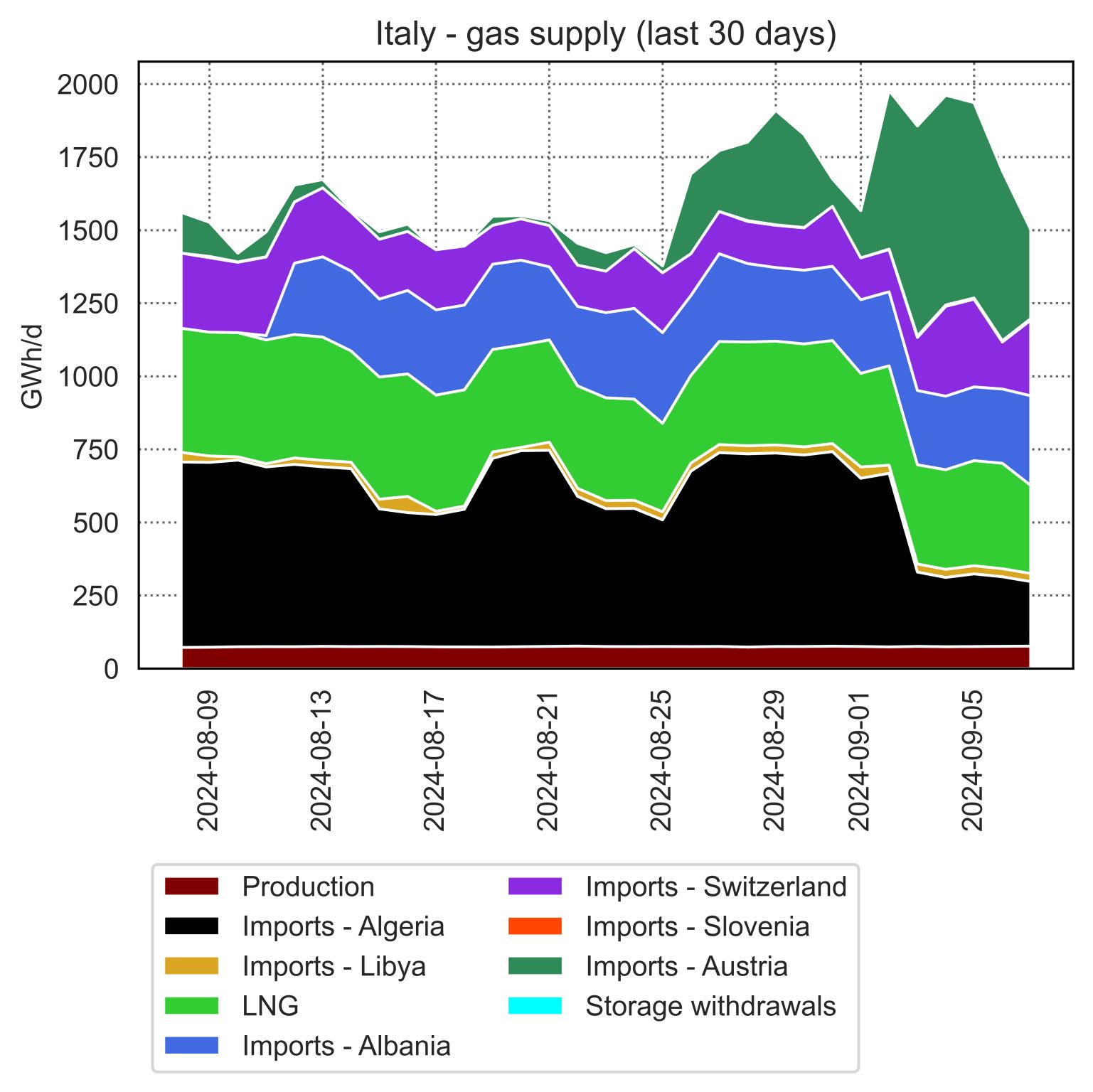

European gas storage sites hit 90% fill levels as early as mid-August, meaning that there is only 10 bcm left to fill until the start of the heating season.
This is likely to have the following consequences:
(1) EU storage injections will naturally slowdown as the injection capability of
many storage sites is now reduced by 30-40% (due to high reservoir pressure);
(2) EU LNG imports could decline amidst lower injection demand (and especially if lower consumption persist), which would enable higher flows towards Asian markets;
(3) reverse flows to Ukraine are likely to quicken, as European players could make use of the country’s vast gas storage potential.
Reaching the EU storage target two and half month earlier is certainly good news, but the global gas balance remains fragile and full storage sites are no guarantee against winter volatility.
What is your view? How will European gas markets evolve in the coming months until the start of the heating season? How will be LNG flows impacted by full storage? What will be the effect on prices?
Source: Greg Molnar (LinkedIn)













